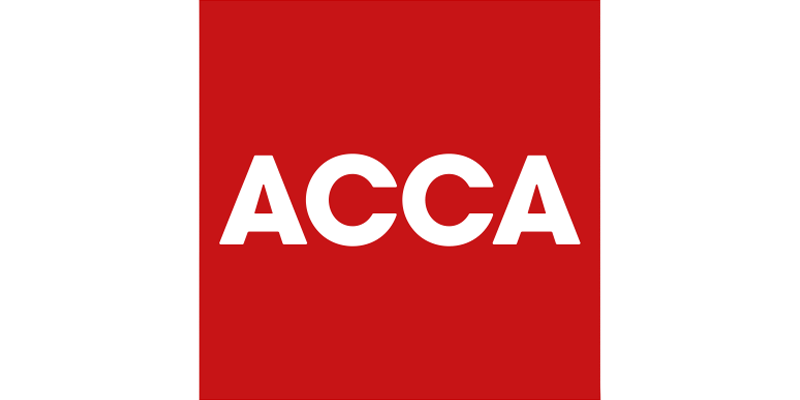While you may have just completed and submitted your Self-Assessment return for April 2023 and probably do not want to think about the next tax year, there are some important changes that could affect you if you are a sole trader or Partnership with a year-end other than 31 March or 5 April.
Up to 5 April 2023, the system called basis period reporting was used for reporting profit. This meant the profits reported were from the business trading year that ended within the relevant tax year. For example, if your business year runs to 31 December, you will have reported profits in your 5 April 2023 Self-Assessment return for the year 1 January 2022 to 31 December 2022.
The tax year to 5 April 2024 is being treated as a transition or ‘catch up’ year and for this year only the profit reported in your Self-Assessment return will need to include both the profit from your last trading year plus any additional profit earned between the first day of your new trading period to 5 April 2024.
For a business with a year end of 31 December the profits reported will be for the year ended 31 December 2023 plus three months profits for the period 1 Jan to 5 April 2024. This additional profit is being referred to as transitional profit and HMRC have indicated that any additional tax due on this profit can be divided up and paid over five tax years, although exact details have yet to be provided.
Businesses do not have to change to a 31 March or 5 April year end. However, if they decide to retain their current trading year, for future tax years profits will need to be apportioned between sets of accounts and HMRC have issued detailed guidance about how this can be done.
If this affects you and you want further explanation or guidance, speak to your accountant.
Carol Draper FCCA
Clifton-Crick Sharp & Co Ltd





